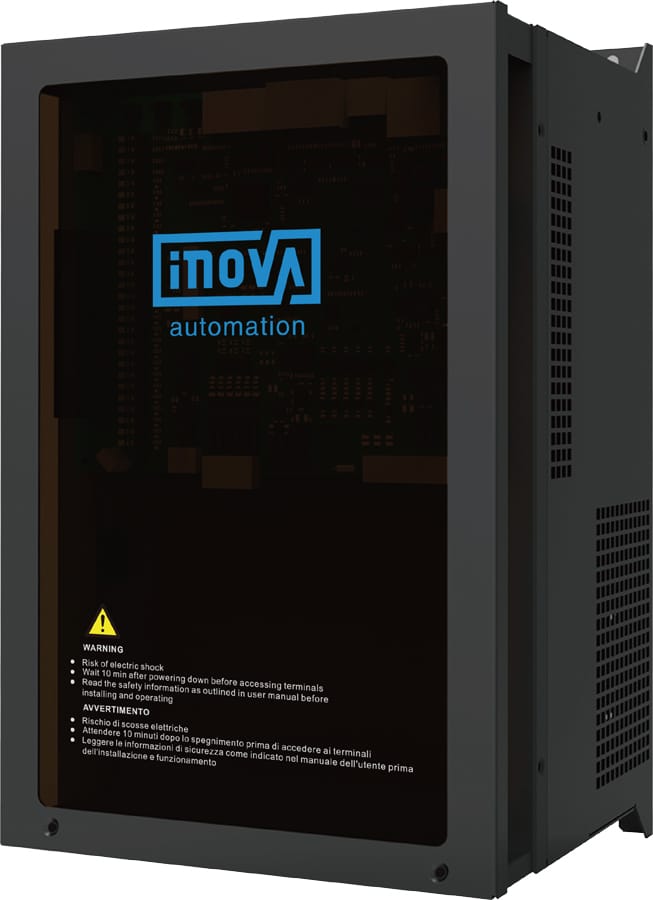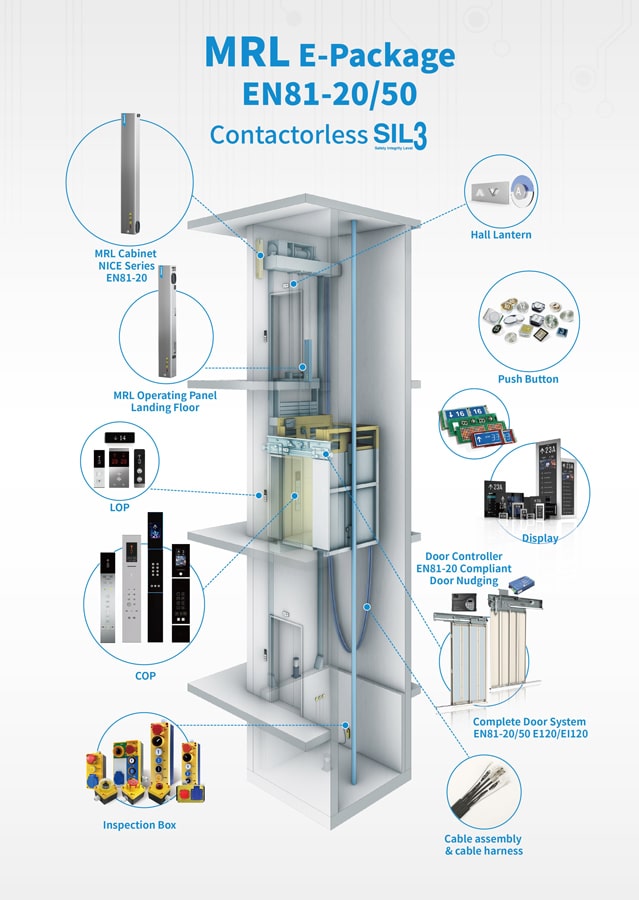Improving Efficiency
Sep 3, 2021

In this Product Spotlight, the importance of elevator group control systems in delivering effective passenger service is discussed.
Modern buildings need intelligent elevators that can offer minimum wait periods and ride times, as well as maximum energy savings. An intelligent and well-designed elevator control system can use elevator group control to deliver on all these goals, providing the most effective passenger service possible.
How Does Elevator Group Control Work?
Elevator group control is based on an algorithm that is used to analyze elevator traffic patterns. Essentially, by linking a group of elevators together and ensuring they are communicating constantly, the control system can make decisions about which elevator should respond to an elevator call. By analyzing what is going on in a building at a given moment and making predictions about what is going to happen in the near future, a group control system can ensure that all cars work cooperatively and that the most logical car is assigned to any given hall call to ensure wait and ride times are minimized.
By analyzing what is going on in a building at a given moment and making predictions about what is going to happen in the near future, a group control system can ensure that all cars work cooperatively and that the most logical car is assigned to any given hall call to ensure wait and ride times are minimized.
To do this, the control system is aware of all variables, such as the position, direction and load of each car, and the current traffic pattern. Ride times are also reduced because the system can take into consideration how many stops each car is making per trip, and if a car is already making an excessive number of stops, a different car will be assigned to any subsequent calls. A group control system can also be pre-programmed to understand simple parameters, such as peak elevator traffic times in an office building in the morning, at lunch and in the evening.
As well as reducing wait and ride times, this type of system can also improve energy efficiency because it can take energy consumption, as well as passenger wait and travel times, into account. For example, if several elevator cars are all within the same distance of a hall call, the system can consider which elevator is carrying the lightest load, and thus will require the least energy, and can dispatch that car. To further improve energy efficiency, a group control system should not only take wait and travel time into account: If, during a quiet period, people simultaneously call the elevator on three different floors of a building, the system should not send a separate empty car to each; instead, it could consider the waste of energy in this scenario and just send one car to pick up all three calls.
Integrated Solutions
Founded in 2003, Monarch is the dedicated elevator business unit of Inovance – a US$1.7 billion global industrial automation company. Monarch specializes in elevator controllers and gearless drive technology and pioneered the NICE Integrated Solution that combines an elevator controller with the drive in a single package. As of 2021, Monarch has 2.55 million NICE installations worldwide.
NICE3000+
The NICE3000+ is an integrated elevator control solution for elevators of up to 4 m/s and offers serial technology. It supports both PM gearless and asynchronous geared traction machines, offering smooth ride performance and direct-to-floor technology. Duplex control for a two-car group is built in to the NICE3000+, requires no additional accessories and uses CANbus serial communications. For implementing a group control of up to eight cars, a set of optional group control boards is needed to connect all eight NICE3000+ control systems together. The function of efficiently distributing landing calls to individual elevator cars in a group is essentially the same for both large and small groups of elevators. Thus, a two-car elevator group can benefit from the use of group control as much as an eight-car group.
The NICE3000+ group control system includes functions such as a peak hour service, elevator car zoning and real-time-based car service. CAN communications are used for grouping, and fuzzy logic control is employed to deliver the minimum possible passenger wait time. Fuzzy logic control essentially enables a system to make assessments about information that is neither definitely “true” nor “false” by using a flexible set of “if-then” rules. This gives a level of machine intelligence to the NICE3000+ that can ensure an efficient elevator group control solution.
For more advanced traffic analysis and predictive functions, data can be mined from the group control card and analyzed by third-party algorithms.

Get more of Elevator World. Sign up for our free e-newsletter.







